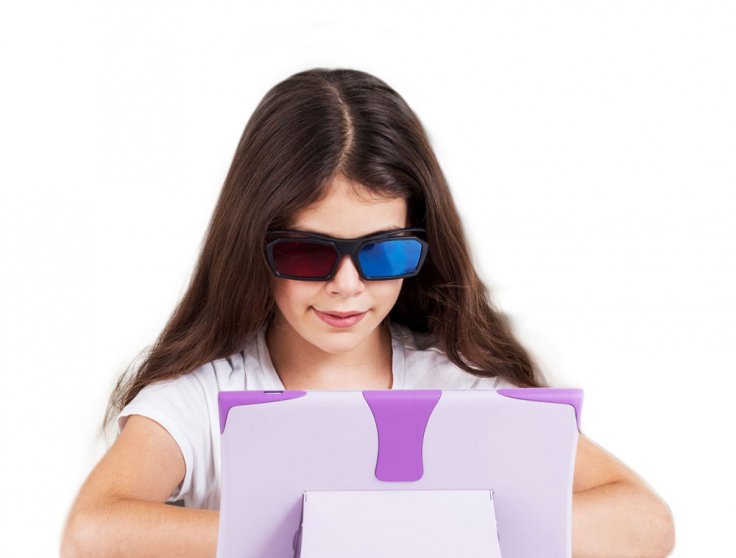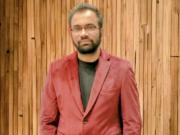Parents often keep their kids away from spending too much time in front of a computer or watching too much TV, because they're worried that their kids might have problems with their eyes. It's medically proven that watching TV or staring at a mobile phone for prolonged periods of time leads to eye strain and fatigue which ultimately leads to a disorder called amblyopia in children.
The condition commonly known as 'lazy eye' occurs when an eye fails to achieve normal visual activity, with blurry vision and a wandering eye (meaning that the eyes do not work in coordination), being the most common symptoms. Unless the symptoms are caught early and treated, the condition cannot be cured even with prescription eyeglasses or contact lenses.
Treatment to 'lazy eye'
The only way to cure it is by wearing an eye patch for several months – something that can be seen as both an archaic method of treatment and a source of embarrassment for the kid. Now, a new company called NovaSight, which showcased its products at the recently concluded CES 2020 event, claims to treat a "lazy eye" without the need for a surgery or wearing an embarrassing eye patch.

All you would need to do is make your kid watch TV or play games for an hour on its special display. NovaSight's innovative display called CureSight promises to align the 'lazy eye' with the good eye without needing to wear an eye patch. The way it works is by selective blurring of content the child watches so that the affected eye has to do more work to figure out the blurry image than the normal eye which is at its normal visual resting state.

What exactly is 'wandering eye' or amblyopia?
Amblyopia occurs when both the eyes are not in coordination with each other with regards to their movements. The affected eye is commonly called a 'wandering eye' due to this characteristic. In a normal individual, both the eyes will focus the fovea, which is a tiny pit located in the retina of the eyes that provides the clearest and most detailed vision of an object that the person is looking at. Whereas in a person with amblyopia, one of the two eyes won't focus the fovea correctly on the object, resulting in the eyes not converging properly, resulting in loss of vision.
The condition is mostly detected in infants and in early childhood. In fact, as per statistics it affects nearly 3% of the population. It can be treated, if detected in the early stages, by covering the normal or good eye with an eye patch for most of the day.
Doing this will force the other affected eye to adjust and align itself properly by forcing the open eye to focus on whatever the person looks at. Kids who are suffering from this condition will also have difficulty in determining visual depth, meaning they won't be able to know how distant the object they are seeing is from them.
How does CureSight work?
CureSight does the same job as an eye patch, but with the use of selective blurring technology. Allowing the normal eye to rest at ease while the affected eye is forced to focus on the blurred part.
The technology requires an individual to wear glasses with blue and red lenses - sort of like the same red and blue glasses that were used in the early days of 3D. Blue-red stereoscopy shows two slightly different versions of the same image, wherein one image is shown with a red tint and the other with blue, and in the case of CureSight, one of the two tinted images has a blurry circle in the lens covering the affected eye.
But it's not as simple as you may have thought. The blurry circle is not a part of the blue-red glasses but the CureSight display uses a built-in eye tracking sensor called Tobii to apply the blurred circle where the affected eye is looking at.
Can it be really be helpful?
NovaSight claims to have already conducted some clinical trials that showed "significant improvement" in the 20 kids that were treated over a 12-week period. It is a lengthy treatment process indeed but one that every kid will not have a problem dealing with.
The company now plans to undertake further trials and we will get to know if it can be treated as a stand-alone treatment method or if it can be a part of other more established treatment methods.
Meanwhile, CureSight is an ingenious use of a technology that we already know of, one that does not require any frequent visits to the doctor or tests. It is as simple as the kid having to watch YouTube or some movie for about an hour at the comfort of home and as per the parents' or kid's schedule or whenever the kid is free.
We hope that in the future simple technologies like these revolutionize healthcare industry and make healthcare affordable and accessible to everyone.









